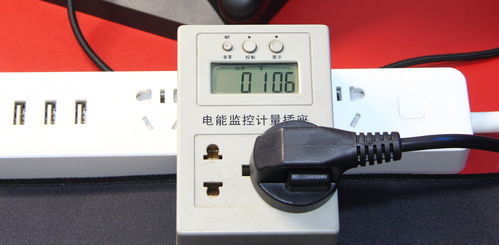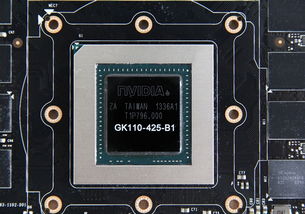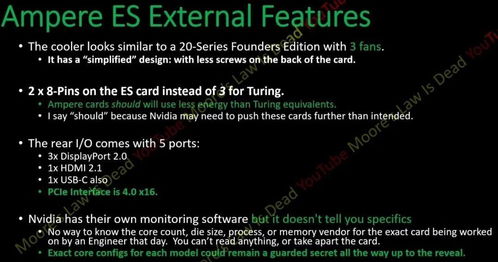Choosing the Right Phone: A Comprehensive Guide
Are you in the market for a new phone? With so many options available, it can be overwhelming to make the right choice. In this detailed guide, I’ll walk you through the key factors to consider when selecting a phone that suits your needs and preferences.
Understanding Your Needs

Before diving into the specifics of different phone models, it’s crucial to understand your own needs. Ask yourself the following questions:
- What is your primary use for the phone? Are you a heavy gamer, a professional photographer, or someone who just needs a device for basic communication?
- Do you require a large screen for streaming or reading, or are you looking for something more compact and portable?
- How important is battery life to you? Do you need a phone that can last a full day on a single charge, or are you willing to compromise for other features?
- Are you looking for a phone with the latest technology, or are you satisfied with a device that meets your current needs without breaking the bank?
Answering these questions will help you narrow down your options and focus on the features that matter most to you.
Screen Size and Resolution

The screen is one of the most important aspects of a phone. Here are some key factors to consider:
- Screen Size: The standard screen size for most smartphones is between 5.5 and 6.5 inches. Larger screens are better for watching videos and browsing the web, while smaller screens are more portable and easier to handle with one hand.
- Resolution: A higher resolution means a clearer and more detailed screen. The most common resolutions are Full HD (1920 x 1080 pixels) and Quad HD (2560 x 1440 pixels). Some high-end phones even offer WQHD (3264 x 1440 pixels) or even higher resolutions.
- Aspect Ratio: The aspect ratio of a screen determines the shape of the display. The most common aspect ratios are 16:9 and 18:9, but some manufacturers are experimenting with different ratios, such as 21:9.
When choosing a screen, consider your personal preferences and the types of content you’ll be consuming on your phone.
Performance and Hardware

The performance of a phone is determined by its hardware components, including the processor, RAM, and storage:
- Processor: The processor is the brain of the phone and determines how quickly it can handle tasks. The most popular processors are from companies like Qualcomm and Samsung, with models like the Snapdragon 865 and Exynos 2100 being among the top choices.
- RAM: The amount of RAM affects how many apps you can run simultaneously and how smoothly your phone operates. 6GB of RAM is considered the minimum for a good user experience, while 8GB or more is ideal for heavy multitasking.
- Storage: The amount of storage determines how much data you can store on your phone. Most phones come with 64GB or 128GB of storage, but you can also opt for models with 256GB or more. If you’re a heavy user, consider a phone with expandable storage via a microSD card.
When choosing a phone, consider the hardware components that will provide you with the best performance for your needs.
Camera Quality
The camera is another crucial aspect of a phone, especially for those who are passionate about photography:
- Primary Camera: The primary camera is the main camera on the back of the phone. Look for a camera with a high megapixel count, a wide aperture, and optical image stabilization (OIS) for better low-light performance.
- Secondary Cameras: Many phones now come with multiple cameras, including ultra-wide, telephoto, and macro lenses. These additional lenses allow you to capture a wider range of shots and experiment with different perspectives.
- Video Quality: If you’re interested in recording videos, make sure the phone you choose offers high-resolution video recording and features like 4K or 8K video capture.
When evaluating camera quality, consider the types of photos and videos you’ll be taking and the camera specifications that will meet your needs.


